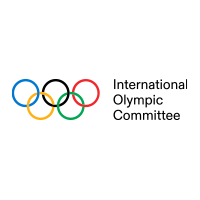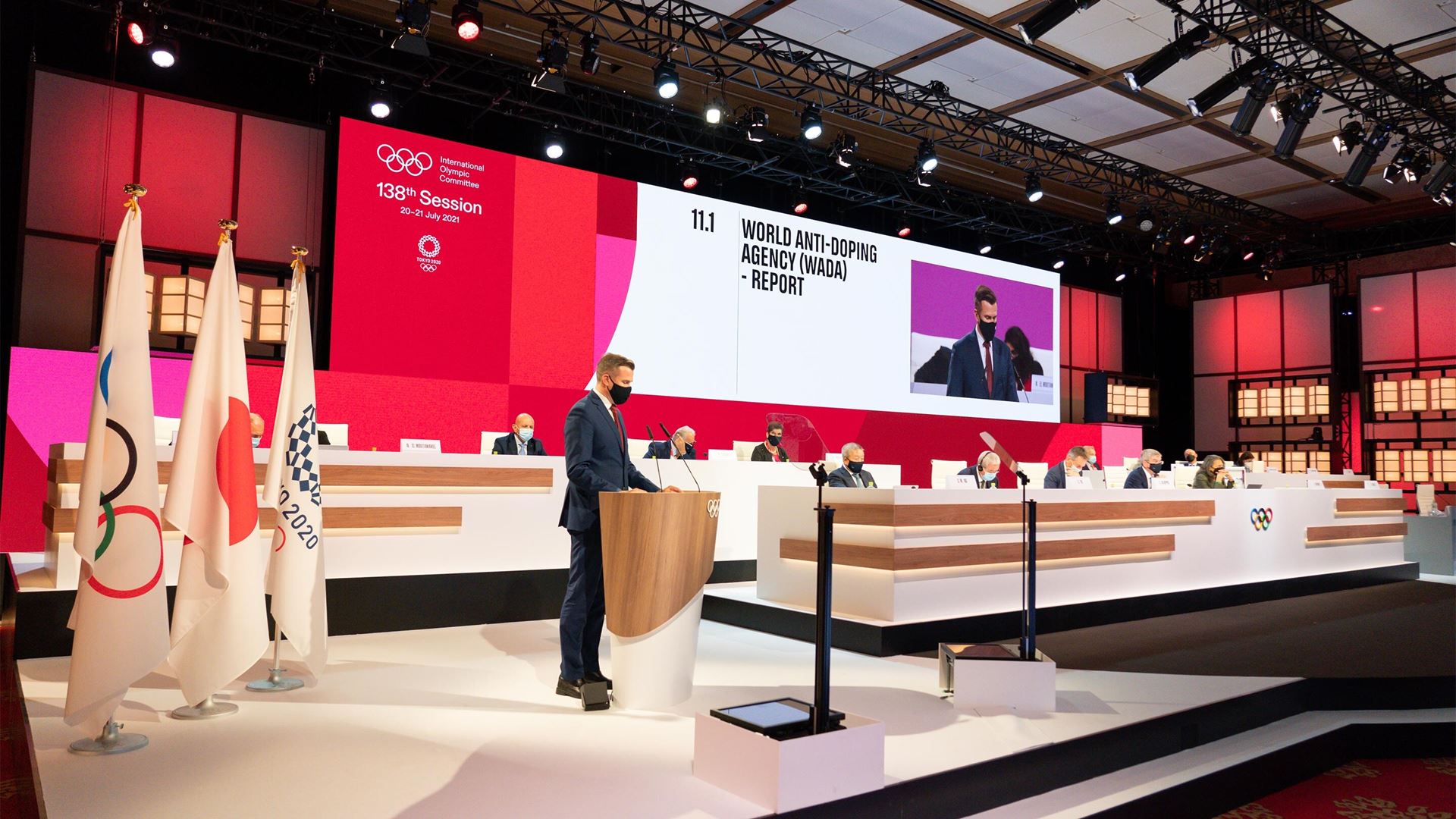20 Jul 2021 - During today’s proceedings, the 138th Session of the International Olympic Committee (IOC) heard the latest updates on the anti-doping front from both the World Anti-Doping Agency (WADA) and the International Testing Agency (ITA), plus a report from the International Council of Arbitration for Sport (ICAS).
For Tokyo 2020, both the testing and the sanctioning components of the anti-doping system will be independent from the IOC. The ITA and the Court of Arbitration for Sport Anti-doping Division (CAS ADD) will handle these respectively.
Most extensive pre-Games anti-doping programme ever
Addressing the Session, the Chair of the ITA Foundation Board, Dr Valérie Fourneyron, provided a final overview of the Pre-Games Testing programme for Tokyo 2020.
Following the postponement of the Games, the ITA Pre-Games Expert Group recalibrated its efforts in 2020 and reviewed all 33 participating sports and their athletes likely to compete in the Games. In December 2020, more than six months before the Games, the group issued over 25,000 testing recommendations - making this the most extensive pre-Games anti-doping programme ever implemented for an edition of the Olympic Games. This first phase of the Tokyo 2020 anti-doping programme has been completed, with an implementation rate of 80 per cent for the qualified athletes who were recommended for testing by the ITA Pre-Games Expert Group.
On-site anti-doping programme
During Games time, the ITA plans to collect approximately 5,000 in- and out-of-competition urine and blood samples in collaboration with Tokyo 2020 and the Japan Anti-Doping Agency (JADA), and with the support of an anti-doping workforce of 250 Doping Control Officers and 700 Chaperones. All doping controls will be conducted in full respect of the appropriate safety and hygiene measures as described in the relevant IOC playbook, and in strict compliance with all regulations enacted by the Japanese health authorities to protect both athletes and the anti-doping workforce. With the COVID-19 countermeasures in place, the ITA is ready to adapt out-of-competition testing during Games time to the fact that the athletes’ stay in the Olympic Village and in Japan will be shortened. The ITA is preparing to conduct an increased number of out-of-competition tests spread out beyond the Village, and alternatively, some tests will be conducted in the athletes’ home countries before they leave for the Games.
The ITA is responsible for the results management of any Adverse Analytical Findings or other Anti-Doping Rule Violations and will process any resulting cases before the CAS ADD.
Storage of testing samples for 10 years
Following the IOC EB decision in December 2019, the ITA has rolled out a global long-term storage and re-analysis programme, including the establishment of a highly secured Centralised Long-Term Storage Facility (CLTSF). Under this programme, all anti-doping organisations can store for 10 years – free of charge – all samples they collect on athletes going to Tokyo during the pre-Games period, and can request a re-analysis at any time. The CLTSF has been fully operational since December 2020. More than 40 Anti-Doping Organisations have already signed up to this programme.
The ITA’s full report to the IOC Session can be found here.
Out-of-competition testing level higher than in 2019 despite pandemic
Despite the strong impacts of the COVID-19 pandemic on the global anti-doping system, WADA’s President Witold Bańka told the Session how WADA – along with the rest of the anti-doping world – had continued to work towards a return to full capacity. This hard work paid off, as global testing figures continued to rise in 2021 and the activities of a growing number of Anti-Doping Organisations (ADOs) worldwide returned to normal. Despite restrictions still in place around the world, out-of-competition testing is now at a level higher than for the same period in 2019, while in-competition testing figures for May 2021 were also the highest in the past 15 months.
WADA urged all ADOs in the lead-up to the Games to ensure that all athletes bound for Tokyo were properly tested, and in order to ensure that no athlete currently suspended takes part in Tokyo 2020, WADA, in collaboration with the IOC and the ITA, has been cross-checking the long list of more than 30,000 athletes eligible for the Games.
WADA also placed a particular focus on pre-Games education programmes through its Anti-Doping Education and Learning (ADEL) platform. Courses aimed specifically at athletes and coaches heading to the Olympic and Paralympic Games Tokyo 2020 were launched in the last year.
WADA’s full report can be found here.
Update on the permanent CAS Anti-doping Division
In its report to the Session, the ICAS noted that activity in the last two years has considerably increased, with 950 cases registered in 2020 - a 50 per cent increase.
In January 2019, the ICAS established a permanent CAS ADD available to all IFs and the IOC. A special fast-track procedure continues to be implemented during the period of the Olympic Games and other multi-sports events. As of June 2021, 23 procedures had been registered with the CAS ADD since its creation.
With the significant development of the work of the CAS (increased number of procedures, multiplication of hearings and creation of the CAS ADD), the ICAS was in need of new offices adapted to its mission. Planned for completion at the end of 2021, the new premises will be located in the south wing of the Palais de Beaulieu in Lausanne, Switzerland.

